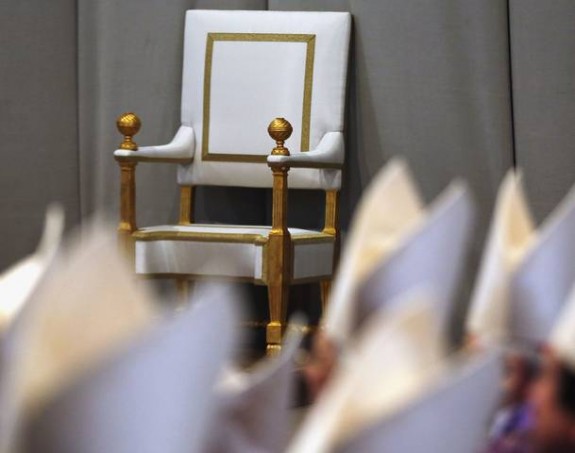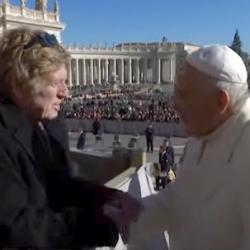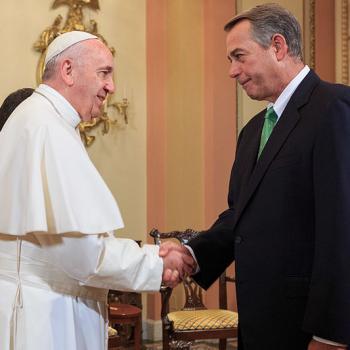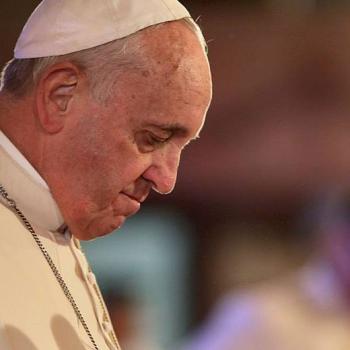A few suggestions from veteran Vatican watcher John Thavis, in USA TODAY:
There’s an appetite for change even inside the Vatican, particularly when it comes to the way the pope manages his bureaucratic apparatus, the Roman Curia.
Based on ideas that Vatican officials have floated in conversations over the last two weeks, here are seven relatively simple steps the next pope could take to streamline and improve governance at the heart of the church:
- Bring in his own team. Newly elected popes habitually leave the Roman Curia heads in place for years, in part because they don’t want to be seen as “rocking the boat.” But this only makes it more difficult to change policies and challenge entrenched attitudes. The next pope should thank the existing team of Vatican officials for their service, and then send them home.
- Limit terms for Roman Curia officials to no more than five years. Cardinals and other prelates should be informed that their Vatican appointments will last no more than five years. This would ensure that they understand their shift at the Vatican is truly a time of service to the church, not an opportunity for career-building. Term limits would also bring younger people to the Vatican. At present, heads of major Vatican offices often come into their jobs at an older age and serve until retirement. Curia appointments should not be seen as a life sentence.
- Initiate weekly Cabinet-style meetings among Vatican department heads. Rather incredibly, such meetings are rarely held today, and that fact helps explain why Roman Curia officials often give the impression they’re not on the same page. Cross-communication between Vatican agencies is practically non-existent, and this would be a first step toward fixing that.
- Flip the proportion of Italians in the Curia. Italians still dominate almost every Vatican office, and Pope Benedict actually “re-Italianized” some sections of the Roman Curia. If Italians make up 60% of the Curia today, for example, reducing them to 40% would create a space for real internationalization. It would also help reduce the Vatican’s excessive focus on Italian political and social affairs.
- Bring more women to Vatican positions, across the entire Curia and at the executive level. Women scratched the Vatican’s “glass ceiling” years ago, but have not been able to break through to the decision-making level. The explanation has been that the power to make binding decisions in the Roman Curia is linked to the priesthood. That seems to be an excessively clerical vision of the role of the Curia, and a pope could easily change it. He needs to have women’s input, and he needs to show he trusts their judgment.












